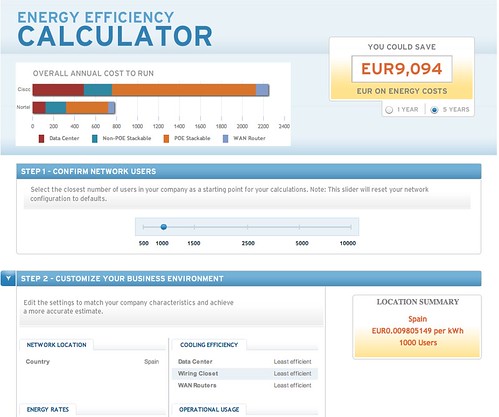
Photo Credit glynnish
The IEEE (the Institute of Electrical and Electronics Engineers), a non-profit organization, is the world’s leading professional association for the advancement of technology. The IEEE released a position paper on Energy Efficiency recently.
In the paper they make the case for the importance of energy efficiency policies and urge legislators to promote aggressive policies and legislation to nurture development of energy efficient products and services.
Through improved energy efficiency, the United States can grow the economy, improve balance of payments, strengthen national security, and mitigate the environmental impacts of energy use by reducing emission of both air pollutants that reduce air quality and impact public health, and greenhouse gases that affect climate change. Increased energy efficiency will help to decrease our vulnerability to oil supply disruptions.
Specifically make eight recommendations for the US federal government to implement:
- Promoting user awareness of economical energy efficiency opportunities
- Promulgating minimum efficiency standards for products consistent with life cycle
analysis and internalization of environmental costs - Providing incentives for capital investment in energy efficient technologies and processes
in all sectors, such as residential, commercial, industrial and transportation - Developing technologies to further reduce energy losses in electric power generation,
transmission and distribution - Developing, commercializing and using more efficient electric-drive technologies in
public transit, freight, truck and personal transportation, such as plug-in hybrid electric
vehicles - Improving and upgrading transportation systems to reduce energy consumption, and
adopting “smart growth” policies that reduce distances traveled - Using communications and information technologies, such as teleconferencing and the
Internet, to reduce the need for business travel, such as in telecommuting - Using demand management programs to reduce peak demand, in lieu of building new
generation.
Again we see reference to Demand Management and smart grid technologies. I had an analyst briefing with Cisco this morning and they too were referring to smart grids as were SAP yesterday.
When you see large commercial entities like SAP and Cisco and august non-profits like the IEEE and The Climate Group all singing off the same hymn sheet, about similar technologies to solve our energy problems you can be pretty confident that Demand Response and smart grid technologies are going to play a significant role in solving the energy crunch.

